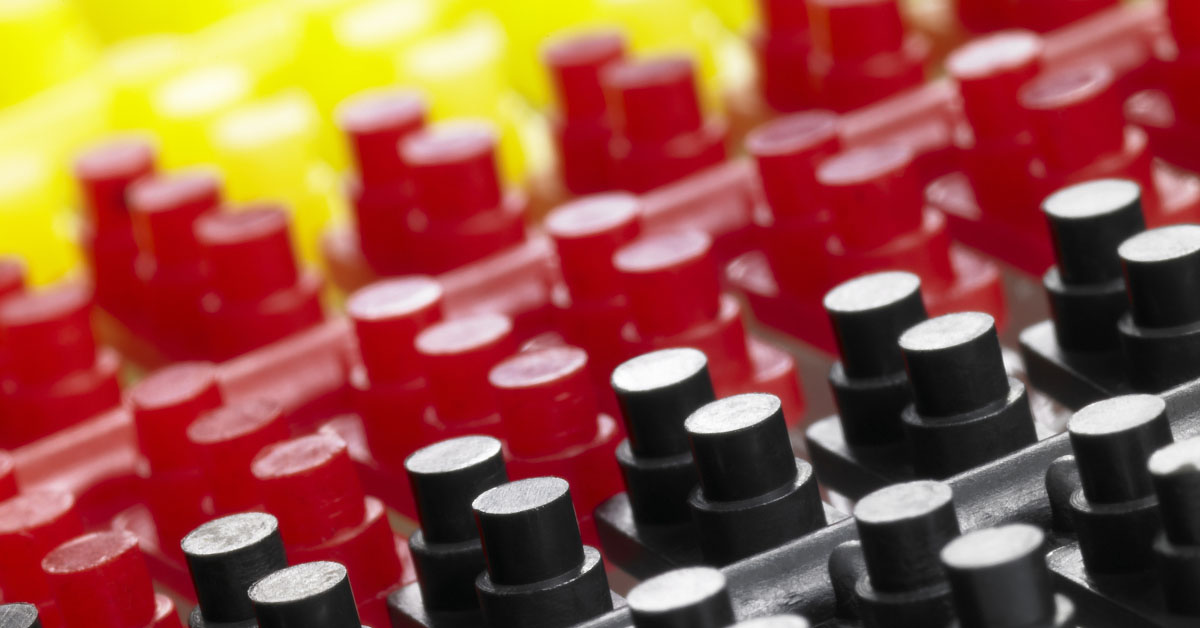4 Common Questions Surrounding Injection Molded Parts

With businesses spending $212.81 billion on plastic injection molding in 2016 and projected to spend $359.80 billion a year by 2025, plastic molding has become one of today’s most popular production methods. It’s used by a wide range of industries for applications that range from automotive parts and food packaging to electronic goods and disposable medical equipment. But despite its popularity, most people don’t know much about what plastic injection molding manufacturers do or how this technology works. Here are some answers to four common questions asked by customers of plastic mold companies.
What Is Plastic Injection Molding?
Plastic injection molding is a manufacturing process that produces parts by forcing thermoplastic material into a cavity with a desired shape. At a plastic injection molding company, the material is loaded through a hopper into a heated barrel, where it’s melted. The plastic is then injected through a nozzle into the mold cavity. Inside the cavity, it cools and assumes the shape of the mold. Once the plastic has solidified, a movable platen opens, and ejector pins push the new part out. This method can be used to mass-produce many precision-designed units with the exact same shape and specifications.
How Long Does Plastic Molding Take?
On average, it takes between about six and twelve weeks to build the mold used for the plastic molding process. The length of time required varies with the complexity of the part that needs to be molded. A simple part, such as a cup, can be formed by pulling two halves of a mold apart, a process known as a straight-pull mold. Parts involving undercuts and threads require more complex molds that use features such as hydraulics and slides, which increases production time. In general, designs that make it harder to separate mold halves or that require added injection components make molds longer to produce. To shorten production time, sit down with your plastic mold company early in the design process and get their input on how to reduce mold complexity.
How Much Does Plastic Injection Molding Cost?
A Plastic injection mold costs somewhere in the range of several thousand dollars to hundreds of thousands. Once the mold is built, using the mold to make parts is generally less expensive than other plastic manufacturing methods. The complexity of your mold design has a direct impact on how much your mold will cost. The materials you use for your part, the size of your part, and the scale of production can also impact the overall cost of your part production.
Is 3D Printing Cheaper Than Plastic Injection Molding?
3D printing can be less expensive than plastic injection molding for prototyping and short production runs, but after a certain production volume is reached, it becomes cheaper to use plastic molding. The reason for this is that in plastic injection molding it costs more up-front to make the mold, but once the mold is made, your cost per unit is lower. You need more data in order to accurately compare the costs of 3D printing versus plastic injection molding. Find a cost estimate for each method to discover how much it would take to make your mold and produce individual units. From there you can determine the volume at which plastic molding becomes more cost-efficient.
Still have questions about how you can use plastic injection molding to your advantage? Get in touch with the friendly experts at Universal Plastic Mold to learn more about our process and how you can optimize your manufacturing.
